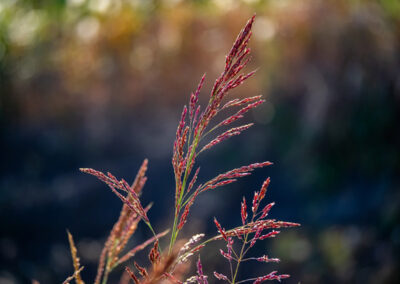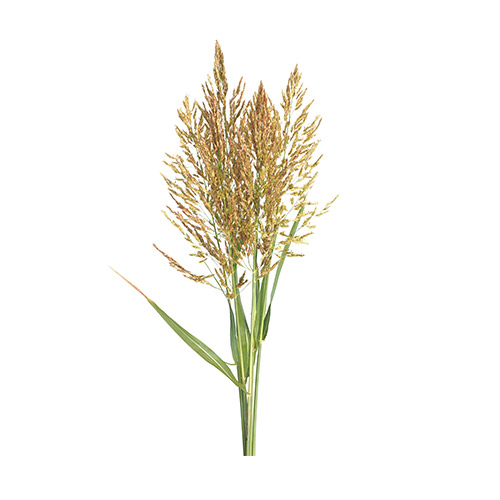
Johnson Grass

Pollen Type: Grass
Cross-Reactivity: Common Cultivated Sorghum, Sudan Grass
HS Allergy Extract: Johnson Grass
Family: Poaceae
Genus/Species: Sorghum halepense
Common Names: Johnson Grass, Egyptian Millet, Evergreen
Distribution: Central California south. Southwestern and southern states; Mississippi valley states north to Kansas and Iowa. From the Mississippi eastward to the Atlantic coast. New Jersey and Pennsylvania are the northeastern limits.
Locations: Open forests, old fields, ditches, and wetlands.
Pollinating Period: July-September; June-October in warmer parts of its range.
Pollination Method: Self-pollinated; some wind-pollinated. In some warm moist regions, Johnson Grass is extensively blighted by smut, preventing pollination.
Description: Johnson Grass is a coarse upright perennial with broad flat leaf blades which grow 3’-6’ tall. The fleshy creeping rootstock enables it to spread and form dense patches. Its loose spreading heads (panicle) are typically around 12″ and are a characteristically purplish-red color. Johnson Grass spreads quickly and is considered an invasive species in many regions. It’s generally considered a widespread allergic factor. However, its pollen grain is large and not as readily airborne as most grass pollens. Because of this, Johnson Grass is considered of secondary allergenic importance.
Photo Gallery:




